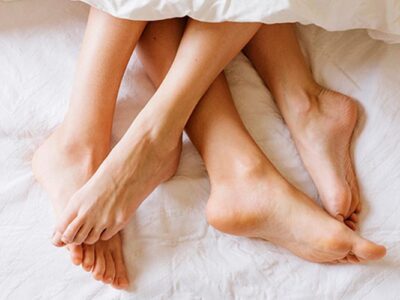7 Exercises to increase the Buttocks naturally: you will get the peach shape
Getting big, round, and firm buttocks are one of the main objectives when carrying out an exercise routine, but they are not impossible to form as it seems.
Increasing the volume of the buttocks depends, to a large extent, on genetics, diet, and the consistency with which you exercise; however, there are some exercises that will help you achieve this and can be done at home.
Backward movements
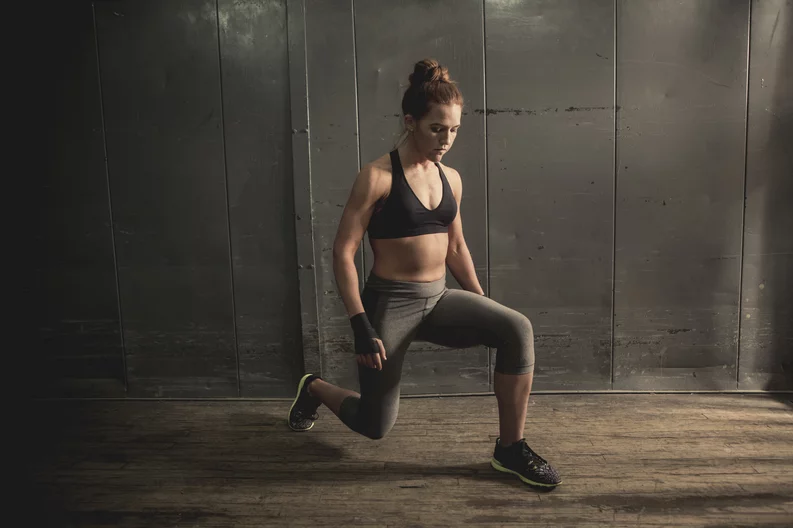
JOEL SORRELL VIA GETTY IMAGES
Like squats, lunges are a great exercise to work multiple leg muscles at the same time. By stepping back instead of forward, the main effort is focused on the glute.
Backward strokes can be done in a row; that is, between 12 or 15 repetitions per leg; or alternating a lunge for each limb until completing the series.
In addition to adding weight to increase the difficulty of the exercise, a variation with a straight leg back kick can also be executed.
Lateral displacement
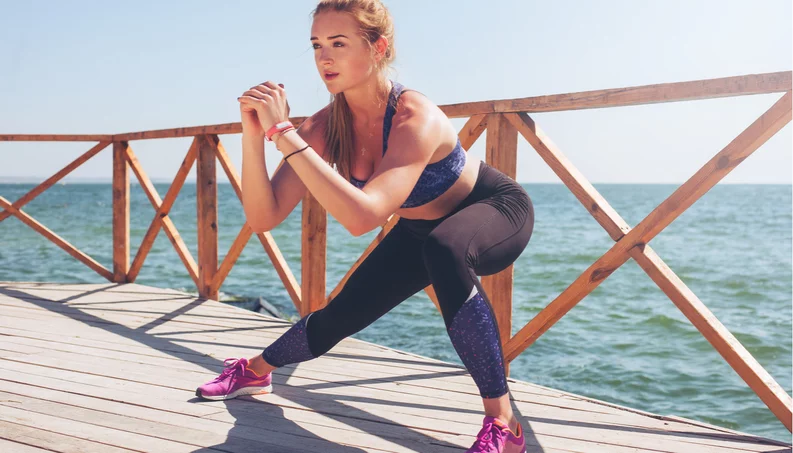
PARANAMIR VIA SHUTTERSTOCK
The lateral lunge consists of sending one leg to the side instead of forwarding or back. This exercise mainly works to work the abductor and adductor muscles, located in the middle and on the sides of the legs.
However, a correct toning of these muscles favors the increase of volume of the buttocks, so they are an option to add to the routine with series of between 12 and 15 repetitions per leg.
Bulgarian squat
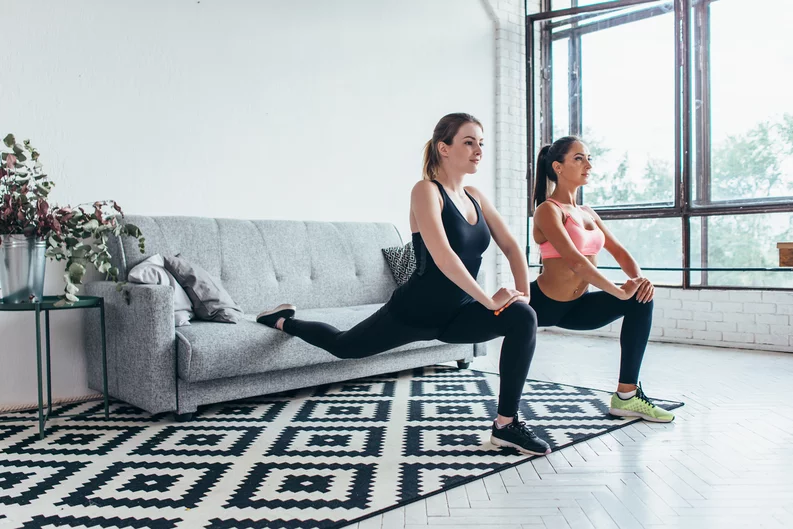
UNDREY / ISTOCK
The Bulgarian squat is a variant of the lunge with the back leg raised and supported on a bench, chair, or some other support surface.
Once settled in the position, you have to go down as if it were a normal lunge, taking care that the knee does not exceed the tip of the foot. This exercise can also be performed with dumbbells in sets of 10-12 reps for each leg.
Bridges (hip lift)
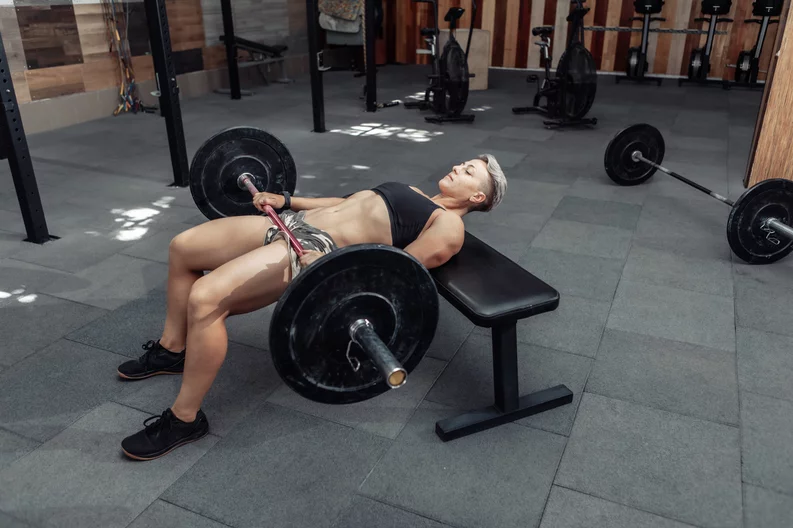
VLADIMIR SUKHACHEV / ISTOCK
The hip lift concentrates the effort entirely on the glutes because the position takes work off the rest of the leg muscles.
Doing the bridges with the back and the soles of the feet resting on the floor works perfectly, but better results can be seen by supporting the back on a bench to give more depth when lowering the hips. Bridges can also be performed with resistance bands, a barbell, or a disk in sets of 12-15 reps.
Kicks back in plank position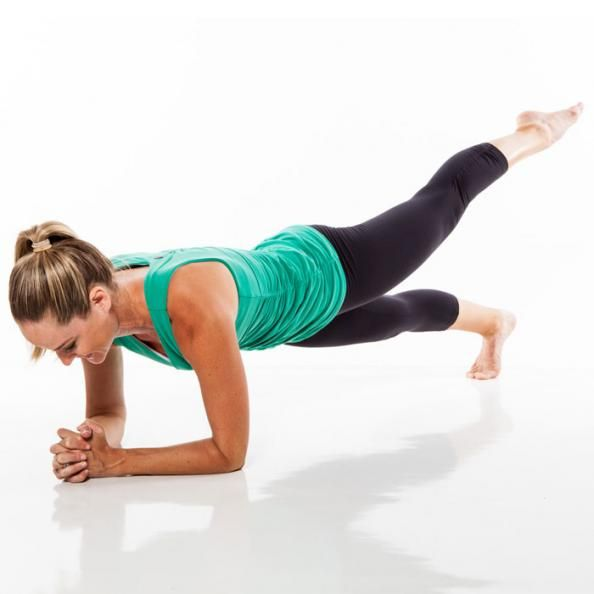
Usually, back kicks are suggested in a four-point stance with arms outstretched and one knee on the ground.
However, there is a variant in which you not only have to support your hands but your elbows as well and this position allows a greater stretch of the leg.
Squat with a heel lift
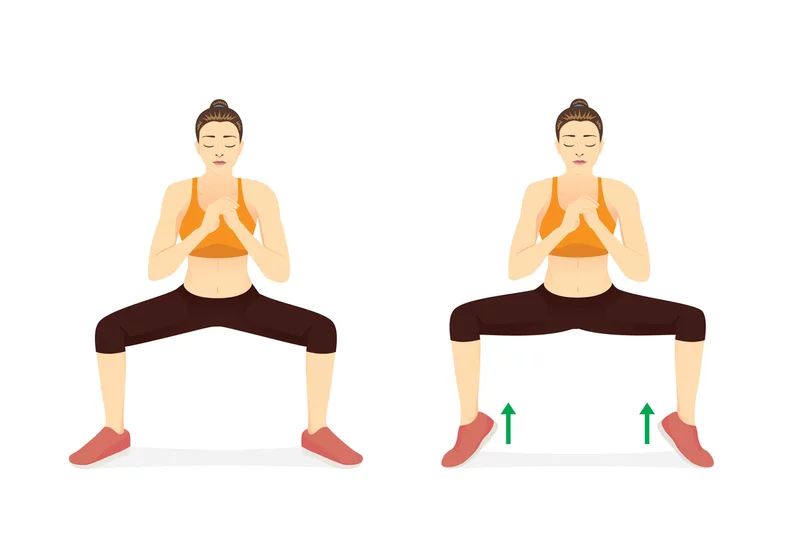
SOLAR22 / ISTOCK
The heel raises squat consists of two exercises combined into one. The first is the usual deep squat, but without raising the body completely. Instead, you have to hold the position in the middle and raise your heels to be on your toes.
Taking your heels off the ground when squatting down is a technical error that can cause injury. That is why the lift in this exercise is done once the body is going up and not the other way around.
Climbing stairs
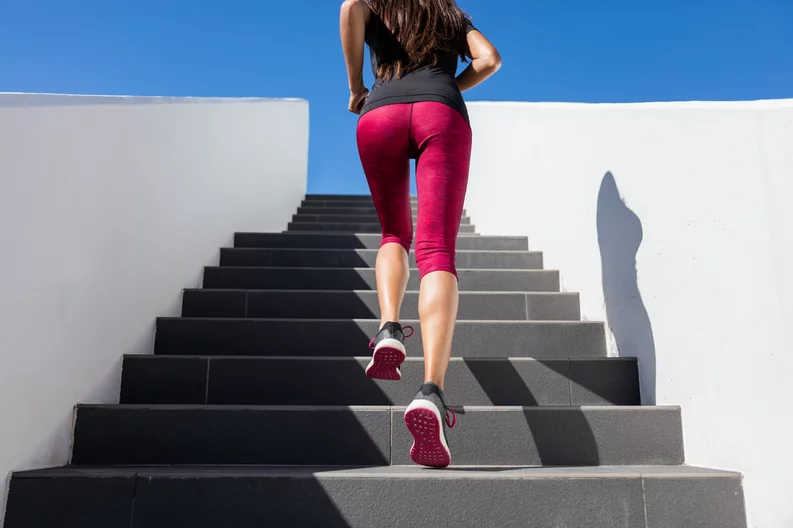
MARIDAV VIA SHUTTERSTOCK
The movement of the legs when climbing stairs is similar to the opening that is made in the lunge, but in a vertical and shorter position. Therefore, it also works to exercise the legs.
This exercise not only works the glutes, it also serves as a cardiovascular workout; either on the stair machine in the gym or on the steps of a bridge or building.



